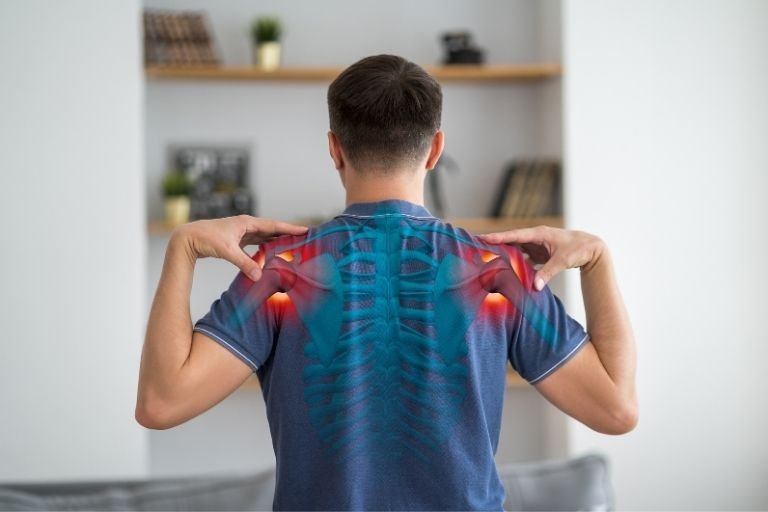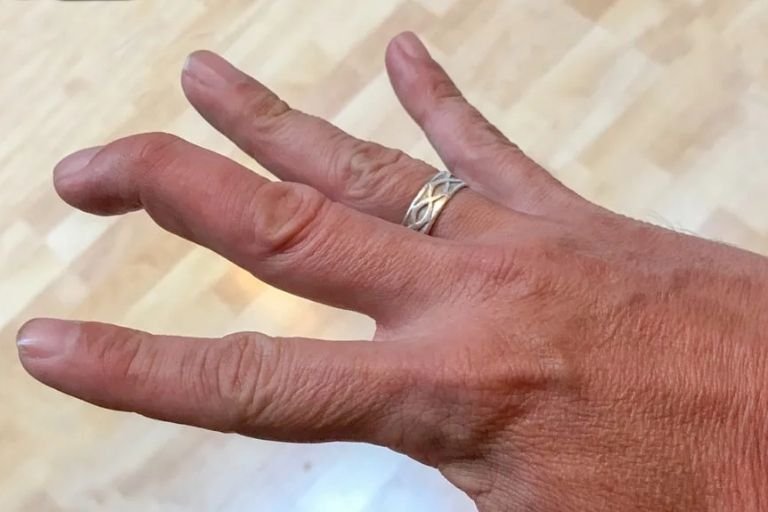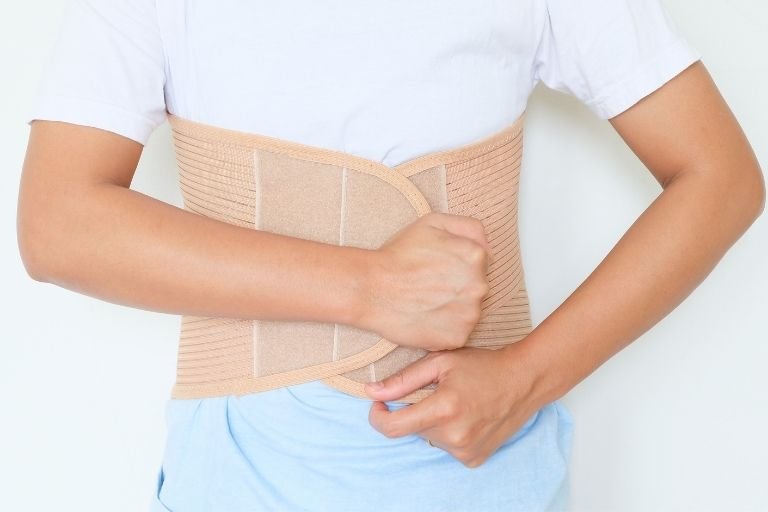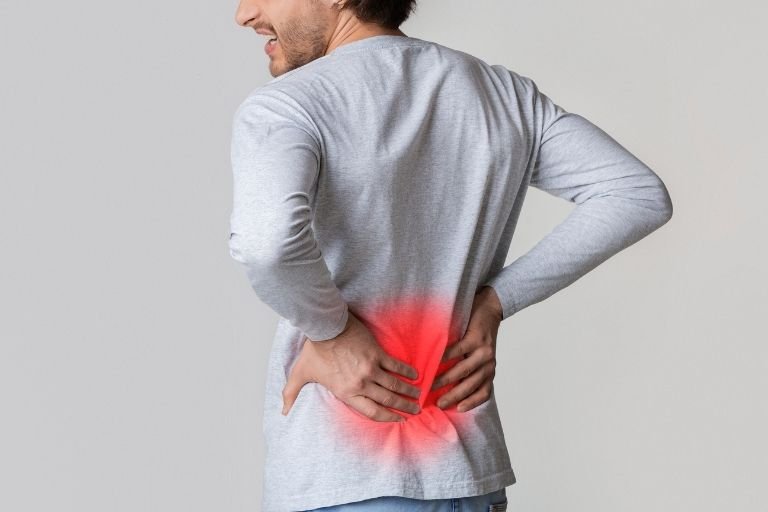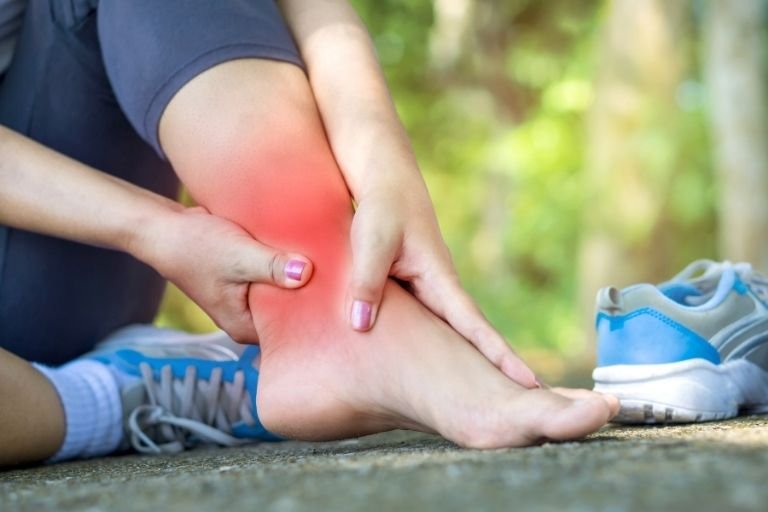- Fitwell Physiotherapy
Postural Pain / Deformity

Postural pain and deformity refer to discomfort or structural abnormalities in the body due to poor posture. While occasional slouching or incorrect positioning may not seem harmful, prolonged periods of poor posture can lead to various health issues, including musculoskeletal pain and deformities. Understanding the symptoms, causes, and treatment options for postural problems is crucial for maintaining overall well-being.
Please submit your details below.
Symptoms:
- Persistent back, neck, or shoulder pain
- Stiffness or tension in muscles
- Headaches, particularly tension headaches
- Rounded shoulders or hunched back
- Uneven hips or shoulders
- Difficulty standing or sitting for extended periods
Causes:
- Prolonged sitting or standing in incorrect positions
- Poor ergonomic setup at work or home
- Weak core muscles
- Muscle imbalances
- Injury or trauma
- Genetic predisposition
When to See a Physiotherapist:
It’s advisable to consult a physiotherapist if you experience persistent postural pain or notice changes in your posture. Additionally, seek professional help if your pain limits your daily activities or if you’re concerned about developing deformities.
Risks:
Ignoring postural issues can lead to several risks, including:
- Chronic pain conditions
- Spinal deformities like scoliosis or kyphosis
- Reduced flexibility and mobility
- Impaired breathing and circulation
- Decreased quality of life
How to Prevent:
- Maintain proper posture during daily activities.
- Use ergonomic furniture and equipment.
- Take regular breaks from prolonged sitting or standing.
- Strengthen core muscles through exercise.
- Stretch regularly to improve flexibility.
- Practice good posture habits from a young age.
Treatments:
Treatment for postural pain and deformity may involve:
- Physiotherapy: A physiotherapist can assess your posture, identify underlying issues, and provide exercises to improve muscle strength and flexibility.
- Postural braces or supports: These devices can help correct alignment and provide support during daily activities.
- Pain management techniques: Heat therapy, massage, or over-the-counter pain medications may help alleviate discomfort.
- Ergonomic modifications: Adjusting workstations or seating arrangements to promote better posture.
- Surgery (in severe cases): Surgical intervention may be necessary for correcting significant deformities or addressing underlying structural issues.
In conclusion, maintaining good posture is essential for overall health and well-being. By understanding the symptoms, causes, and treatment options for postural pain and deformity, individuals can take proactive steps to prevent and manage these issues, leading to a healthier and more comfortable lifestyle.
Frequently Asked Questions
Related Conditions
How Fitwell Physiotherapy Can Help?
Dr. Richa’s Fitwell physiotherapy has an extensive team of physiotherapists all within their own specialist areas of physiotherapy. Whatever your condition, we guarantee that we will have the best physiotherapist for you. We assess, diagnose, plan, cure and care for you.
Fitwell Physiotherapy Clinic, Pune provides you best physiotherapy treatment in Kharadi, pune. We also serve Chandan Nagar, Vadgaon Sheri, Keshav Nagar, Wagholi & nearby Areas in Pune. We are experts in treating Neck Pain, Hand Pain, Back Pain, Lower Back Pain, Knee Pain, Stiff Neck, Sciatica, Arthritis, Stroke Paralysis & Post Surgical Rehab.
We provide Specialized physiotherapy treatments in Sports Injuries, Pre and post Surgery, Neurologic, Pediatric, Chronic Pain/Fatigue, Rheumatology, Women’s Health, Men’s Health, Ergonomics, Vestibular, Amputees & all sort of Pain treatment and lifestyle conditions.






















